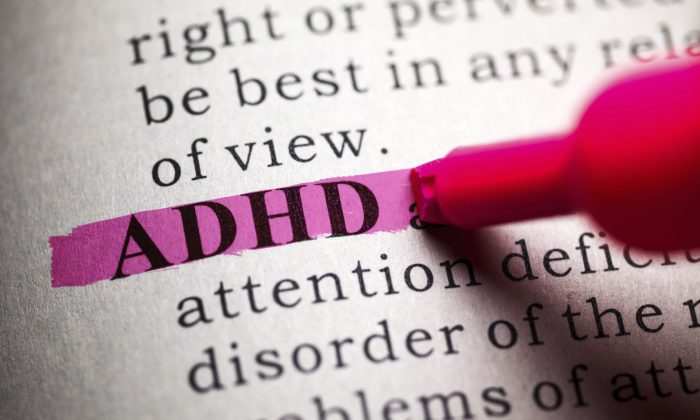Symptoms of attention-deficit/hyperactivity disorder (ADHD) can show significant improvement or even disappear altogether when individuals are engaged in demanding work or school activities, according to a recent study.
Around 11 percent of American children aged 3 to 17 have received a diagnosis of ADHD, with diagnosis rates steadily rising in recent years.
ADHD Symptom Severity Can Vary Over Time
A study published in The Journal of Clinical Psychiatry in October revealed that environmental factors such as school, work, and responsibilities to others can have a positive impact on symptom fluctuations in individuals with ADHD.
This research builds on a previous study from 2022, which described ADHD as a condition characterized by intermittent periods of remission. The study found that approximately 30 percent of children with ADHD experienced complete remission at some point during a 14-year follow-up period.
Margaret Sibley, the lead author of both studies and a professor of psychiatry and behavioral sciences at the University of Washington School of Medicine, expressed surprise at the strong link between leading a demanding life and improved ADHD symptoms.
Periods of Complete ADHD Remission
The study examined 483 patients across six sites in the United States and Canada who participated in the study for at least 16 years, starting at an average age of 8. The researchers found that:
- 64 percent experienced fluctuations, including partial to complete remission.
- Remission typically began in early adolescence, around age 12.
- Two types of remission were identified: complete remission with minimal symptoms and partial remission, where milder issues persisted.
Sibley explained that complete remission occurs when a person exhibits almost no symptoms or impairments and has completed all necessary treatment. Partial remission, on the other hand, signifies improvement to the point where the individual no longer meets the criteria for ADHD but may still experience some mild challenges.
Additionally, the study identified three distinct patient subgroups:
- Almost 11 percent were classified as “stable persistent” and met ADHD criteria every year of the study.
- 15.6 percent were categorized as “stable partial remission,” transitioning from persistent ADHD to partial remission throughout the study.
- 9.1 percent achieved complete remission lasting through at least two consecutive assessments without recurrence.
Sibley noted that the study’s comprehensive data allowed researchers to create a dynamic portrayal of how individuals with ADHD experience the condition over time, rather than a static snapshot based on a single assessment.
Factors That Influence ADHD Symptoms
The findings suggest that individuals with ADHD may encounter both positive and challenging periods while managing their condition, underscoring the importance for healthcare providers to communicate this message.
Sibley advises individuals with ADHD to identify personal factors contributing to periods of remission to better manage their condition. Reflecting on successful strategies during remission periods can help individuals replicate those factors in their lives for improved outcomes.
While ongoing research continues to uncover specific factors that aid individuals with ADHD, Sibley encourages patients to self-reflect or work with therapists to identify effective strategies for managing their condition.
Could you please rephrase that?
Source link





